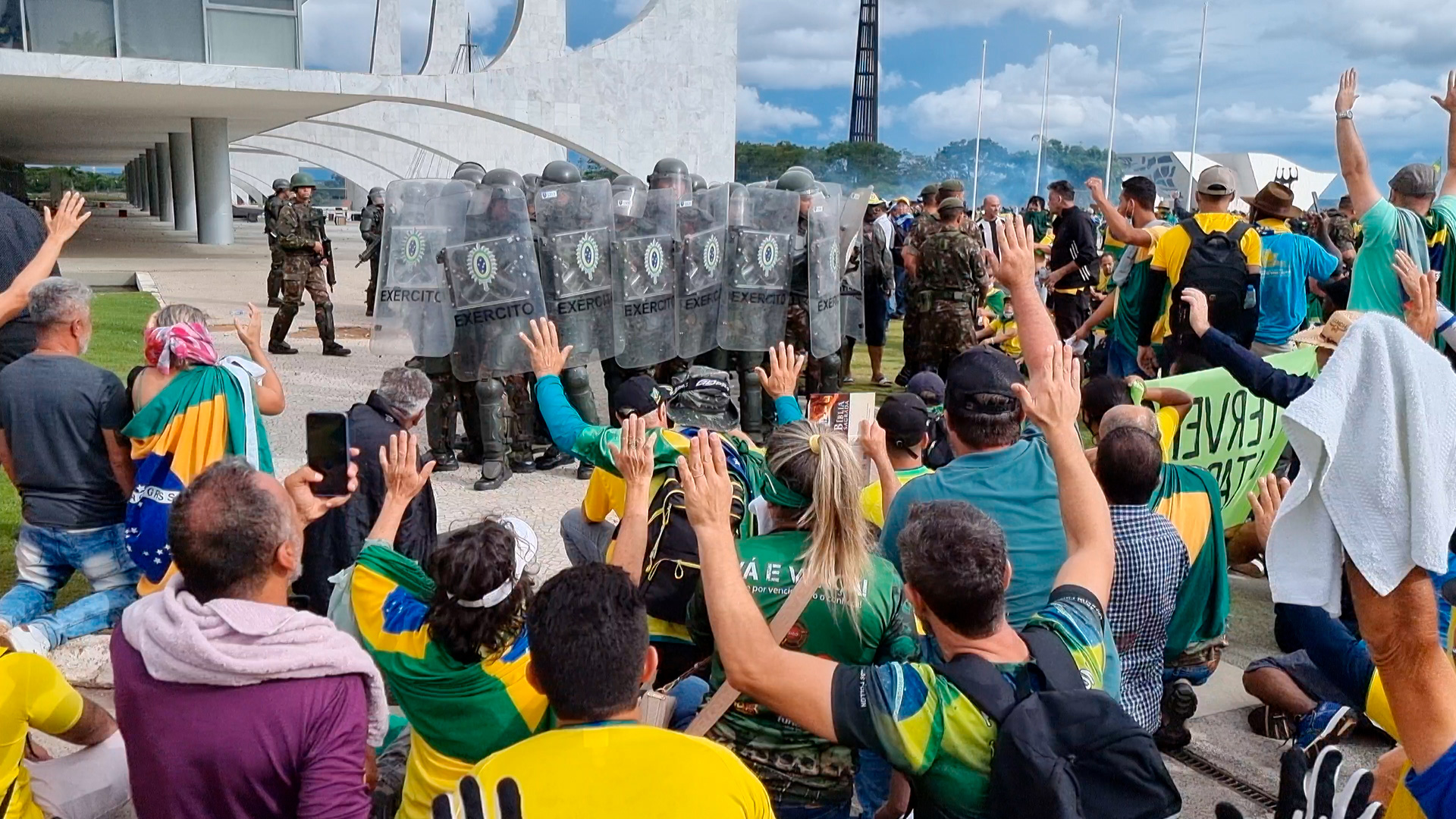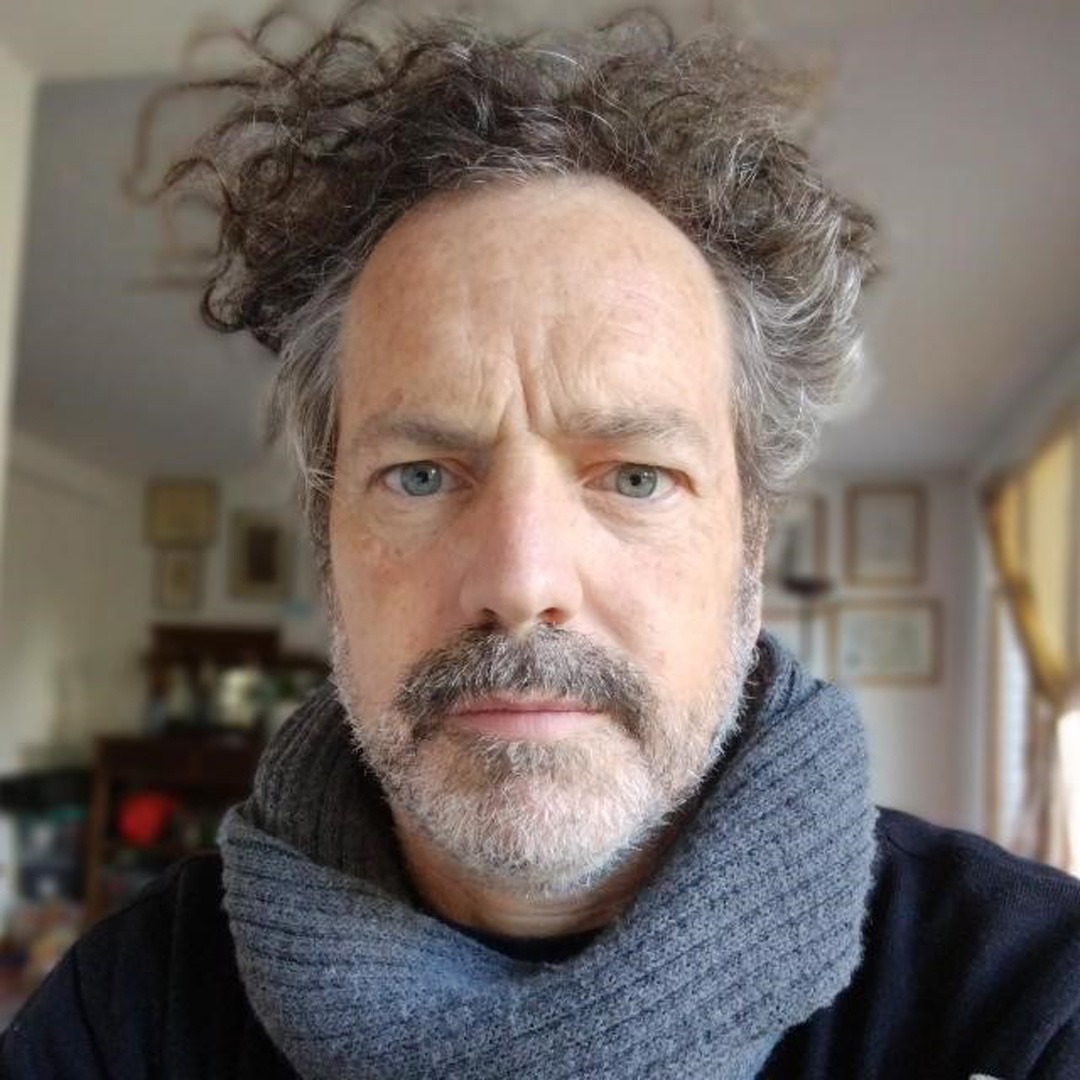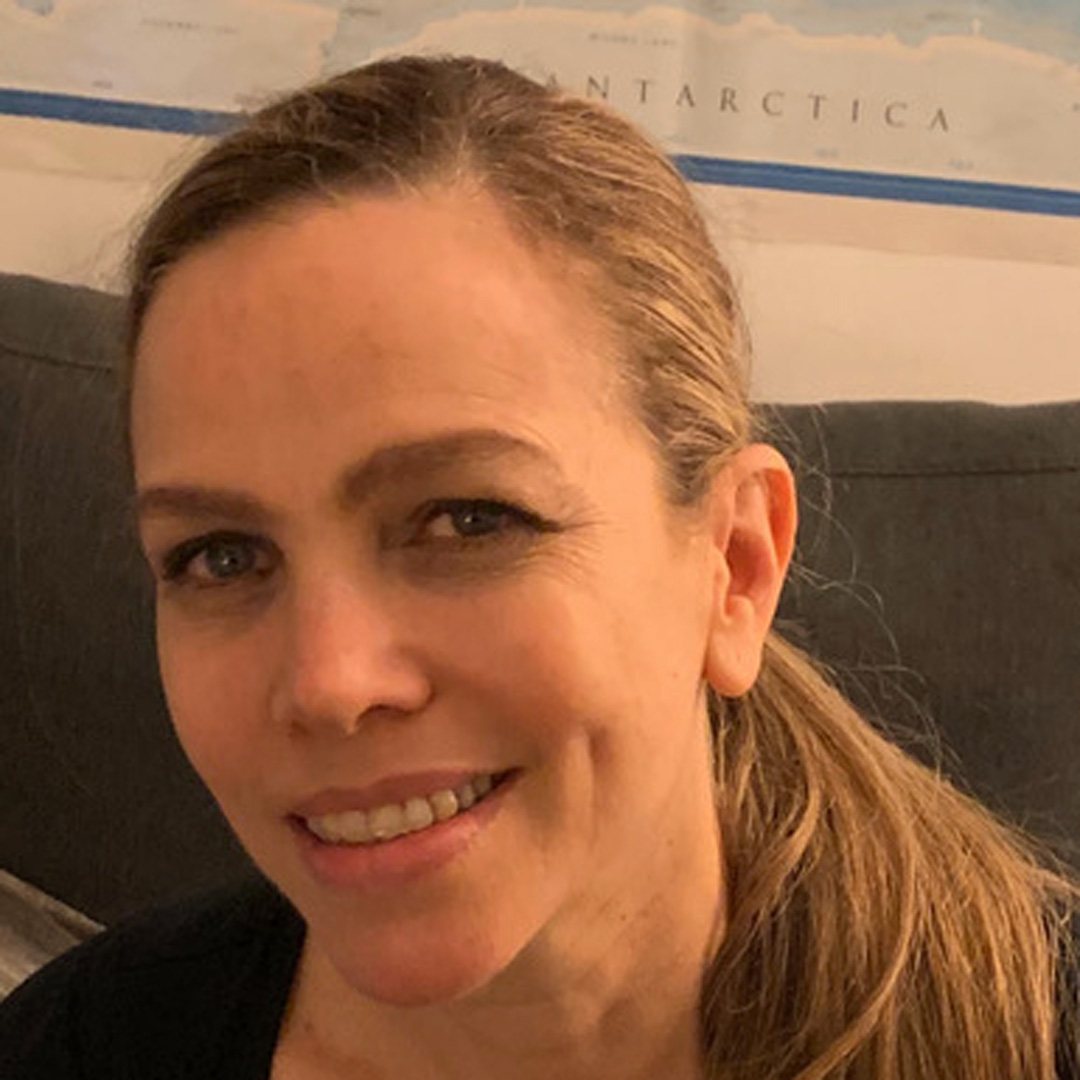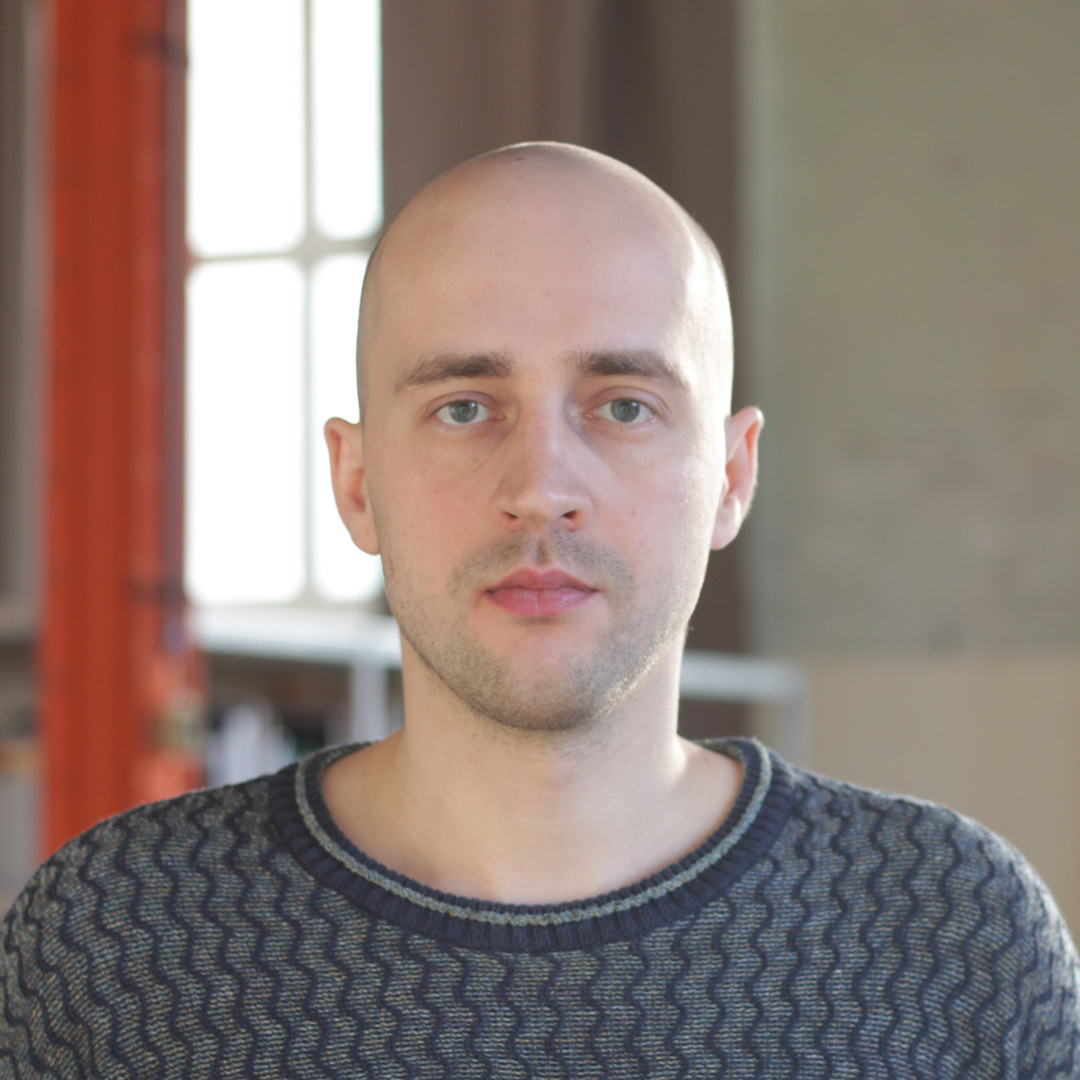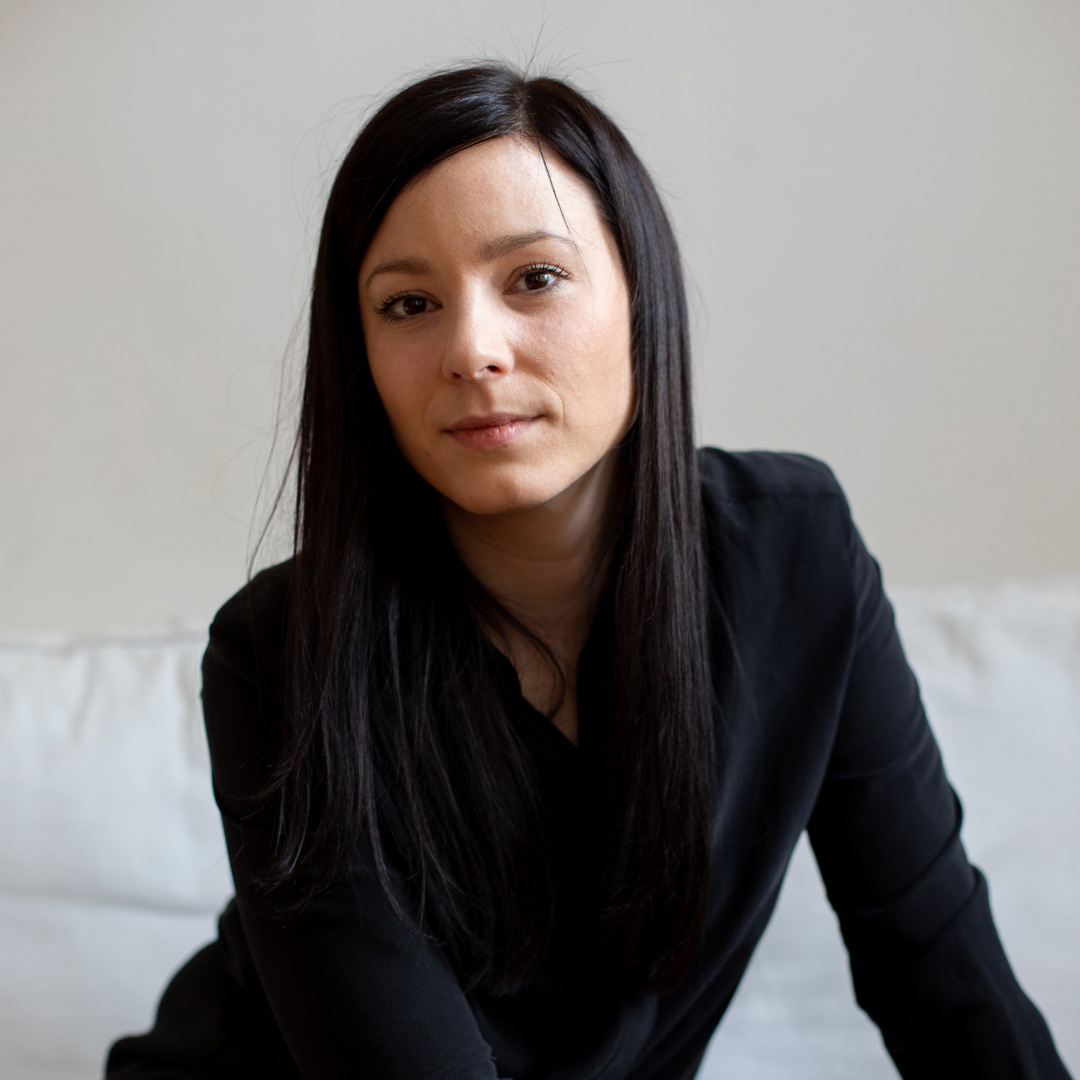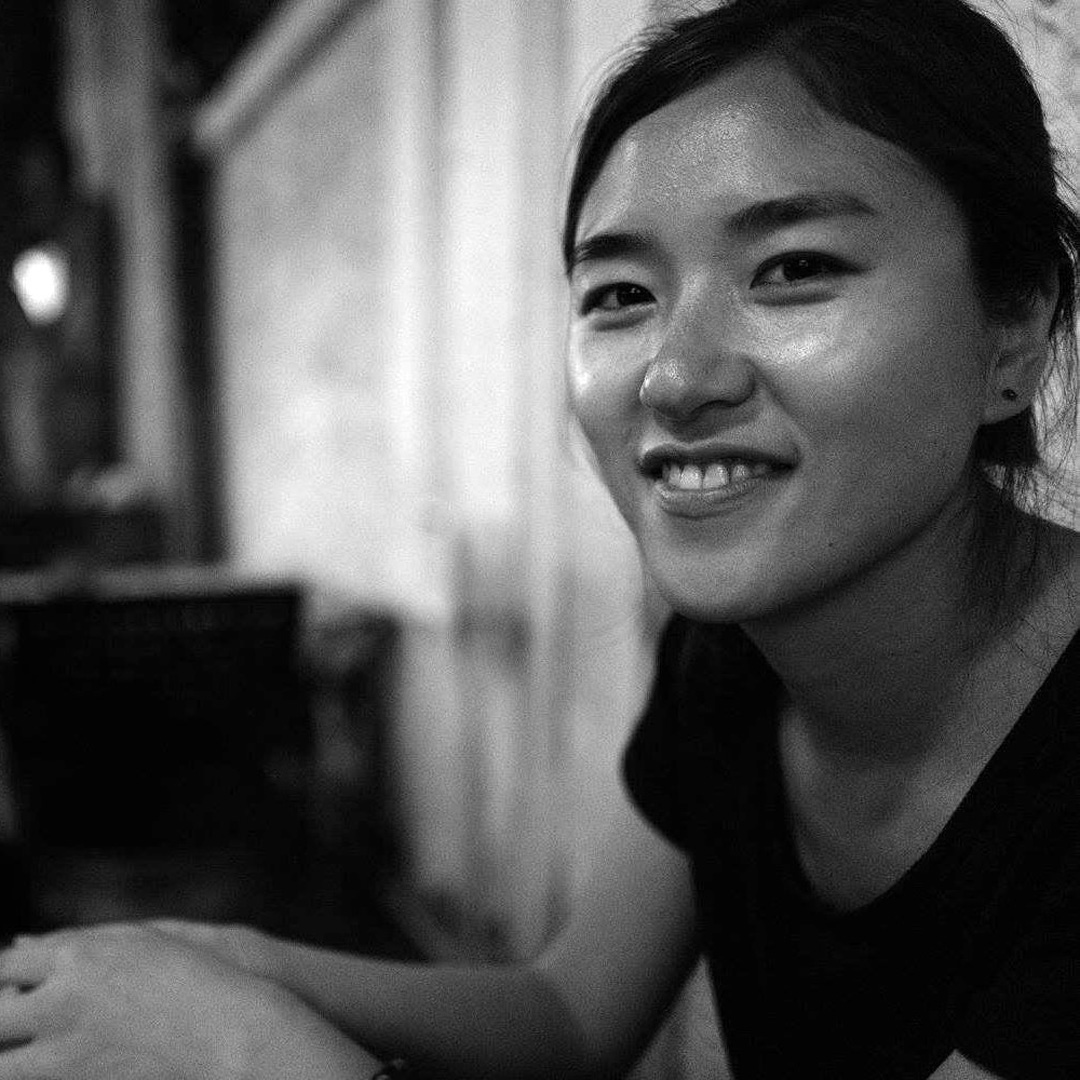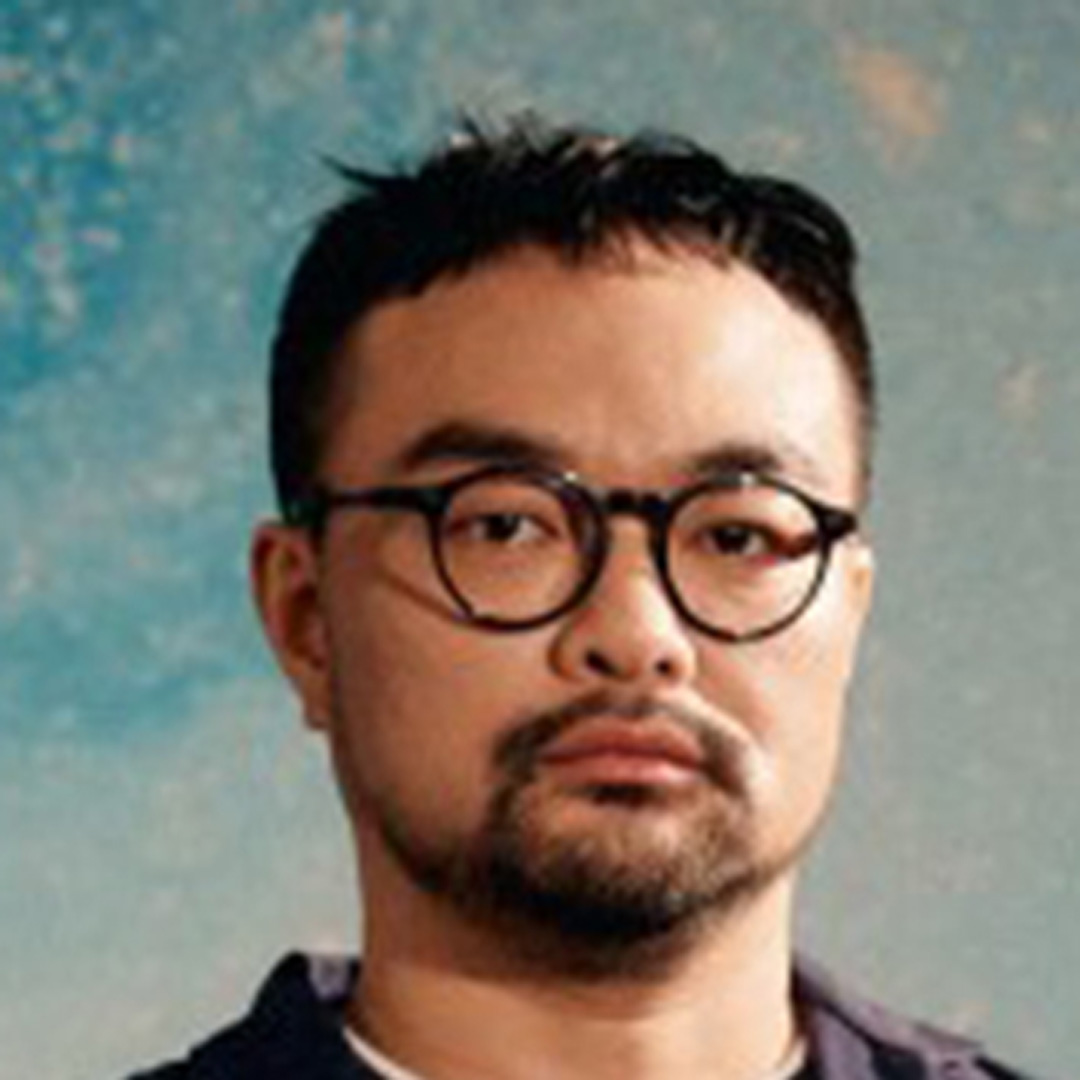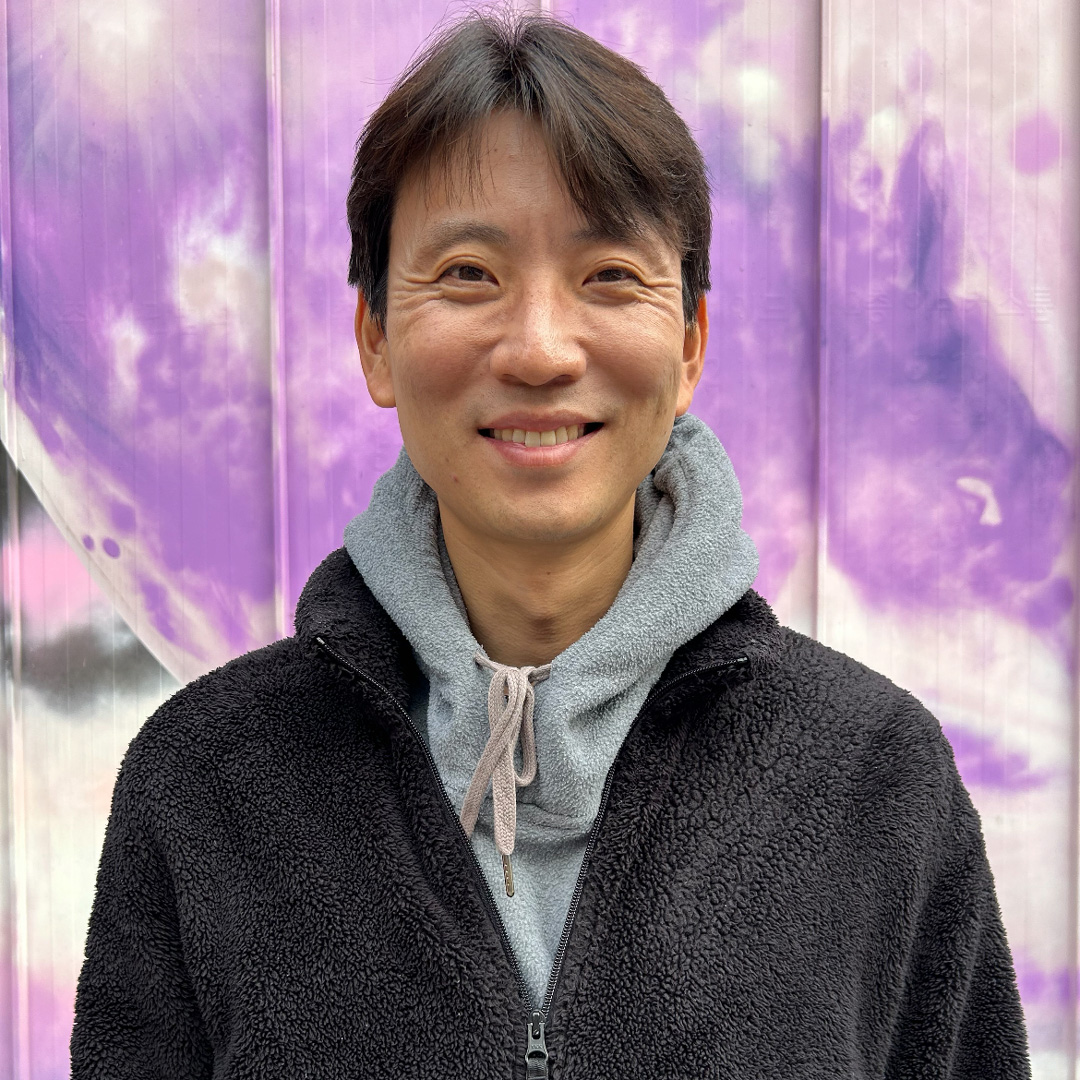브라질 대선의 기록 At this Moment, in the Nation’s Sky 감독 산드라 코구트 Sandra KOGUT | Brazil | 2024 | 106min | Documentary | 다시, 민주주의로 Again, Towards Democracy
English text below
〈브라질 대선의 기록〉은 극우 세력과 허위 정보, 그리고 공포로 뒤덮인 2022년 브라질 정치 현실을 시민들의 시선으로 기록한 다큐멘터리다. 감독 산드라 코구트는 불가능성과 불확실성 속에서 영화를 만들며, 이미지의 권력과 다큐멘터리의 윤리에 대해 끊임없이 질문한다. 이번 인터뷰에서는 영화의 형식적 시도와 제작 과정, 그리고 ‘우리는 어떻게 여기까지 오게 되었는가?’ 라는 영화의 핵심적 질문에 대한 감독의 목소리를 직접 전한다.
영화는 인상적인 목소리로 시작한다. 대부분의 영화 제작자가 진보 성향이라며, 인터뷰어가 룰라의 지지자라면 인터뷰를 하지 않겠다는 내용이다. 왜 이 음성으로 영화를 시작했나. 이를 통해 이 영화가, 혹은 감독 본인이 관객들에게 어떻게 포지셔닝되기를 원했는지 궁금하다.
이 다큐멘터리는 불가능에서부터 탄생했다. 어떤 면에서는 애초에 만들 수 없는 영화였다. 영화 관련자 전원이 이토록 명확하게 연루되어 있는 영화를 만드는 건 이번이 처음이었던 것 같다. 우리 모두 시민이었고, 모두 투표를 앞두고 있었으며, 각자 지지하는 쪽이 있었다. 나는 극우, 즉 ‘다른 편’의 이야기를 진심으로 듣고 싶었다. 그러나 동시에 숨기거나, 거짓말을 하거나, 내가 다르게 생각하는 척은 하고 싶지 않았다. 그들을 설득하기 위한 영화를 만들려고 한 것도 아니다. 결국 내가 감독이었다는 점에서, 나와 그들 사이의 권력 관계는 분명 불균형했다. 나는 그 권력을 어떤 방식으로든 행사하고 싶지 않았다. 나는 정직함을 통해 그들의 믿음을 얻으려고 노력했다. 매우 어려운 일이었고, 거의 불가능한 일이었다. 그래서 그 여성이 말하는 장면으로 영화를 시작하기로 결정했다. 그녀처럼 이야기한 사람이 많았기 때문이다. 동의하지 않은 사람들도 있었고, 중도에 포기하는 사람들도 있었다. 사실 이 영화는 어느 한쪽에 대한 이야기가 아니다. 이 영화는 극우, 공포, 그리고 허위 정보가 지배하는 한 국가에 대한 영화다. 우리 모두 그 안에 함께 있었다. 그 점을 영화 시작부터 분명히 하고 싶었다. 나는 항상 영화의 첫 장면에 관한 고민을 많이 한다. 첫 장면은 다시는 반복되지 않는, 절대적인 자유의 순간이기 때문이다. 그리고 첫 장면은 영화 전체에 메아리처럼 울려 퍼지게 된다. 내가 수개월 동안 그 여성의 목소리를 마음속에 품고 영화를 만들었던 것처럼, 관객들이 그 목소리를 마음에 담고 이 영화를 보게 되기를 바랐다. 이 영화를 만드는 일이 실로 불가능해 보였기 때문이다.
영화에는 여러 인물이 등장하는데, 카메라를 든 이들은 각자의 방식으로 치열하게 상황을 포착한다. 감독이 이들에게 선거 기간 동안 각자의 일상을 기록해 보내달라고 요청한 것으로 알고 있다. 어떤 이유로 이 방식을 선택하게 되었나.
팬데믹 당시, 코로나 백신 임상 실험에 자원한 사람들과 함께 영화를 만든 적이 있다. 거기서 사람들로 하여금 일기 형식의 영상을 만들게 하는 새로운 방식을 고안했다. 나는 원하는 촬영 방식에 대해 설명했다. 사람들은 매주 영상을 보내왔고, 나는 그것을 보고 피드백을 주었으며, 함께 대화를 녹음하고, 다음 촬영을 요청했다. 우리는 거의 1년 가까이 이런 식으로 작업을 이어 갔다. 이 과정은 매우 풍부했고, 물리적으로 떨어져 있음에도 불구하고 신뢰를 쌓을 수 있는 기반이 됐다. 선거 기간 동안 〈브라질 대선의 기록〉을 만들기로 결심했을 때, 그때 배운 것 중 일부를 활용해서 그 방식을 더 발전시키고 싶었다. 내가 가장 흥미를 느낀 첫 번째 주제는 일기장과 관련된 아이디어였다. 당시 우리는 모두 끝없는 현재에 갇힌 느낌을 받고 있었다. 매주 새로운, 터무니없는 스캔들이 터졌고 그로 인해 사람들은 그전 주의 터무니없음을 잊었다. 이 상황이 계속해서 반복되었다. 사건들의 흐름이나 이야기의 맥락을 파악하기가 어려웠다. 우리는 어지럽고 두려운 상태였다. “쿠데타가 일어날까? 선거는 제대로 열릴까?” 극우는 이런 식으로 모두를 혼란에 빠뜨린다. 그래서 나는 이런 순간들을 나란히 놓고 그로부터 하나의 이야기를 뽑아내는 방법으로 일기를 떠올렸다. 이 영화는 일종의 “현재의 아카이브”를 만드는 시도였다. 언젠가는 이 부조리한 시대를 후대에 설명해야 할 날이 올 것이기에, 훗날의 역사 교사들이 참 안됐다는 생각도 들었다.
참여자들에게 촬영적으로나 기술적으로 특별히 요청한 부분이 있었나? 이런 식의 방식을 운용하는 데 어려움이 상당했을 듯하다.
등장인물들에게 이러한 방식의 일기를 쓰는 법을 알려 주는 것은 매우 큰 도전이었다. 나는 매뉴얼을 만들고, 사람들을 가르치고, 수많은 이미지들을 보여 줬다. 촬영 방식에 있어서도 아주 구체적으로 요청했다. 와이드 숏, 롱테이크, 스틸 숏, 고정 카메라 숏을 원했다. 때로는 등장인물들의 세계 안에 있는 현지 사람을 고용하기도 했는데, 그들은 모두 ‘영화’에 대해 아는 것이 없었을 뿐더러, 다큐멘터리에 대한 문화적 경험도 없었다. 하지만 그 덕분에 아주 흥미롭고 진정성 있는 무언가가 담긴 것 같다. 종종 그들이 촬영 중 내게 한 컷씩 보내줄 때면 원격으로 연출을 하곤 했다. 같은 날, 같은 시간에 서로 다른 지역에서 여러 사람이 촬영을 진행했기 때문이다. 말도 안 되는 경험이었지만 이 영화는 그렇게 만들 수밖에 없었다. 나는 모든 영화는 저마다 고유한 방식으로 만들어진다고 생각한다. 그 방식을 찾아내는 것이 제작 과정의 큰 부분을 차지한다.
또 다른 큰 도전 중 하나는 등장인물들에게 이 작업이 소셜 미디어를 위한 것이 아니라는 점을 분명히 인식시키는 것이었다. 세상과 이야기하는 목적이 아니라 나(감독)나 자기 자신과 이야기하는 것, 즉 사적인 대화였다. 기술 접근성이 높다 보니 누구나 영화감독이 된 것 같은 인상을 줄 수 있다. 하지만 실상은 정반대다. 사람들은 이미지 제작과 스토리텔링을 딱히 중시하지 않는다. 그들은 영화감독이라면 반드시 던졌을 질문들을 하지 않는다. 이 영화의 경우에는 이미지 조작이 문제의 핵심이었다. 그건 극우의 무기였고 우리가 다루려는 주제의 핵심이었다. 1년 동안 우리는 이런 방식으로 하나의 네트워크처럼 함께 작업을 해나갔다. 덕분에 적은 비용으로도 전국 각지에서, 그들의 삶 깊숙한 곳까지 다가갈 수 있었다. 등장인물의 다양성을 확보하는 것도 중요하게 생각했다. 나는 그들로부터 많은 것을 배웠고, 때로는 고통도 함께 겪었다.
촬영본이 너무 많아서 아쉽게도 사용하지 못한 장면이 꽤 있을 것 같다.
영화에는 담기지 않은 장면들이 정말 많다. 그러나 나에게는 최종 편집본에 포함되지 않은 장면들 또한 포함된 장면만큼 중요하다. 그것들이 없었다면 선택된 장면들 역시 존재하지 못했을 수 있기 때문이다. 때로는 사용하지 않기 위해서라도 반드시 촬영해야 할 때가 있다. 장면들은 이해하고, 배우고, 구성하는 데 쓰인다. 나는 영화를 하나의 과정으로 보고, 그 과정의 모든 단계, 모든 관계 맺음이 어떤 식으로든 화면에 드러난다고 믿는다. 최종 편집본에 포함되지 않은 인물들조차 포함된 인물들을 돕는다. 이 점을 굳게 믿고 있다.
영화 속 인물 중 일부는 투표소에서 촬영을 거부당하고, 오히려 자신들이 감시당하고 있다는 공포를 토로한다. 이 장면을 통해 ‘촬영’과 ‘카메라의 시선’이 단순한 기록을 넘어 정치적 의미를 갖게 된다. 카메라가 지닌 힘을 어떻게 인식하고 그것을 또 어떻게 활용하려 했나?
이미지의 힘과 시점은 이 영화의 핵심적인 주제이기도 하다. 모든 영화는 하나의 시선이다. 이 영화의 경우, 교차하는 시점들의 네트워크가 존재한다. 나는 이 시점들을 엮고, 의미를 부여하고, 심지어 존재하게 만들면서, 나의 시선을 구성했다. 나는 항상 분명한 정치적 입장을 가져 왔고, 등장인물들 역시 이를 알고 있었다. 투표소 장면은 영화 전반을 관통하는 이미지와 권력의 관계를 반영한다. 해당 신을 찍은 지역은 극우 세력과 민병대가 장악한 곳이었기 때문에, (오히려) 그곳을 촬영하고자 했다. 그들이 사용하는 강력한 무기 중 하나는 가짜 뉴스다. 그들은 촬영 허가를 받은 우리 촬영팀을 위협하고 촬영을 막았지만, 자신들의 휴대전화는 결코 내려놓지 않았다. 휴대전화는 그들이 항상 손에 쥐고 있는 무기였다. 전문 촬영 장비는 불법적으로 차단하면서 휴대전화는 자유롭게 사용된다. 이런 방식으로 그들은 법을 우회한다. 그 순간 민주주의는 더 이상 존재하지 않는다. 중요한 것은 힘 있는 자가 정한 규칙뿐이다.
브라질에는 쿠데타를 막는 데 근본적인 역할을 한 최고선거법원(Superior Electoral Court)이 있다는 점도 언급할 필요가 있다. 일반적으로는 선거 장면을 내부에서 자유롭게 촬영할 수 없다. 하지만 해당 기관이 당시 많은 공격을 받고 있었기 때문에, 그 덕에 많은 부분에서 접근 권한을 얻을 수 있었다.
영화를 ‘끝맺는’ 방식에 여러 가능성이 있었을 것 같다. 불확실했던 선거 결과뿐 아니라, 영화 자체를 어떤 방식으로 구성할지도 다양한 선택지가 있었을 테다. 계속해서 진행 중인 정치적 현실을 영화로 ‘끝낸다’는 것은 단순한 완결을 넘어서는 일이다. 폭동 장면까지 영화에 포함시켜 프로젝트를 마무리한 이유가 궁금하다.
나는 이번 영화 프로젝트를 선거 1년 전부터 시작했다. 우리가 결정적이고 중요하며, 아마도 폭력적인 순간을 겪게 되리라는 걸 알고 있었기 때문이다. 하지만 정확히 어떤 일이 벌어질지는 전혀 몰랐다. 앞이 보이지 않는 상황 속에서 그저 앞으로 나아가는 중이었다. 사실 그건 우리 모두가 살아가던 방식이다. 작업을 진행하면서 내가 만들고 있는 영화가 무엇인지 더 분명하게 이해하게 되었다. 이 영화는 어느 한 편에 관한 이야기가 아니라 ‘공통된 감정’, 즉 ‘두려움’에 관한 것이었다. 그리고 어떻게 이 나라의 많은 사람들이 허위 정보로 만들어진 (현실을 대체하는) 조작된 세계에 사로잡혀 있는지를 말하는 영화다. 2023년 1월 1일, 대통령 취임식을 촬영하며 나는 드디어 촬영이 끝났다고 생각했다. 하지만 그로부터 일주일 뒤인 일요일, 우리가 그토록 두려워했던 쿠데타 시도가 실제로 벌어졌다. 마침내 한숨 돌릴 수 있겠다고 생각하던 그 순간, 영화에 등장하는 인물 중 한 명이 전화를 해 텔레비전을 켜 보라고 했다. 그날의 쿠데타 시도는 영화 전체의 방향을 바꾸어 놓았다. 이제 우리 모두는 그해 내내 모든 사람들의 머릿속을 스쳐 지나갔던 그 이미지들을 기억한다. 누군가에게는 꿈처럼(극우 세력에게), 또 누군가에게는 악몽처럼(민주주의자들에게) 다가오는 장면들 말이다. 나는 이 장면들로 영화를 시작하고, 또 끝내야겠다고 확신했다. 이 영화의 질문은 “무슨 일이 일어날까?”가 아니라 “우리는 어떻게 이 지점까지 오게 되었는가?”였다.
매우 위험한 상황이었을 텐데 어떻게 그 장면을 기록할 수 있었나?
몇 달 동안 나는 브라질리아에 살고 있는 한 사진작가와 굉장히 끈끈한 관계를 맺게 되었는데, 그는 이 영화 프로젝트에 깊이 빠져 있었다. 나는 그에게 전화를 걸었고, 그는 곧바로 녹색과 노란색(극우 세력이 사용하는 국기 색깔) 옷을 입고 현장으로 향해 촬영을 시작했다. 그 시점에서 그는 내가 어떤 방식으로 촬영하길 원하는지 정확히 알고 있었다. 그래서 우리는 유일하게 그 혼란 속에서 ‘영화적인 이미지’를 남긴 팀이 되었다. TV 방송사들은 멀리서만 촬영하거나, 극우 침입자들의 휴대폰으로 찍은 혼란스러운 영상만을 내보내고 있었기 때문이다.
정말 브라질 역사의 ‘현재의 아카이브’로 볼 수 있겠다. 그런 영화가 브라질을 너머 지난해 미국과 유럽의 여러 국가들에 공개된 후 2025년에는 한국에서 상영된다. 소감이 궁금하다. 또 2026년에는 브라질에서 대선이 다시 치러진다. 지금 이 시점에서 이 영화는 어떤 의미를 갖는다고 생각하나.
나는 이 영화와 함께 아주 다양한 지역들을 다니고 있고, 어디에서든 사람들과 영화 사이에 깊은 연결과 이해가 있다는 걸 느낀다. 미국이나 유럽의 여러 지역에서도 많은 관객들이 이 이야기에서 익숙한 무언가를 인식하는 걸 보게 된다. 안타깝게도, 이건 브라질만의 일이 아니라 전 세계적인 현상이라는 걸 우리 모두 알고 있다. 게다가 이 영화가 등장인물들의 경험을 통해 만들어졌다는 사실, 즉 우리처럼 평범한 사람들의 시선에서 이야기를 전개한다는 점은 관객과의 거리를 더욱 좁혀 준다. 그들은 단순히 ‘유형화된 인물들’이 아니라, 우리가 현실에서 마주칠 수 있는 진짜 사람들이다. 브라질에서의 상영은 말 그대로 카타르시스적이었고, 정말 잊을 수 없는 경험이었다. 영화가 완성된 순간부터 지금까지, 이 작품은 계속해서 새로운 의미의 층위를 더해 가고 있다. 나는 시간이 지날수록 그 의미가 더욱 깊어질 거라고 확신한다. 이 영화는 끊임없이 현재의 사건 전개와 조용한 대화를 이어 가고 있는 듯하다. 다음 ‘대화의 계기’는 아마 전 대통령 보우소나루의 체포가 될지도 모른다. 아이러니하게도 이 영화는 아직 브라질에서 상업적으로 개봉되지 않았다(지금까지는 영화제에서만 상영되었다). 민주 정부가 들어선 지금도 긴장은 여전히 남아 있고, 두려움도 사라지지 않았다. 나는 올해 안에 영화가 극장에 걸리길 바라고 있다. 내년에는 또다시 선거가 열릴 예정이고, 영화 속에서 다뤘던 여러 상황들이 반복될 가능성이 크다.
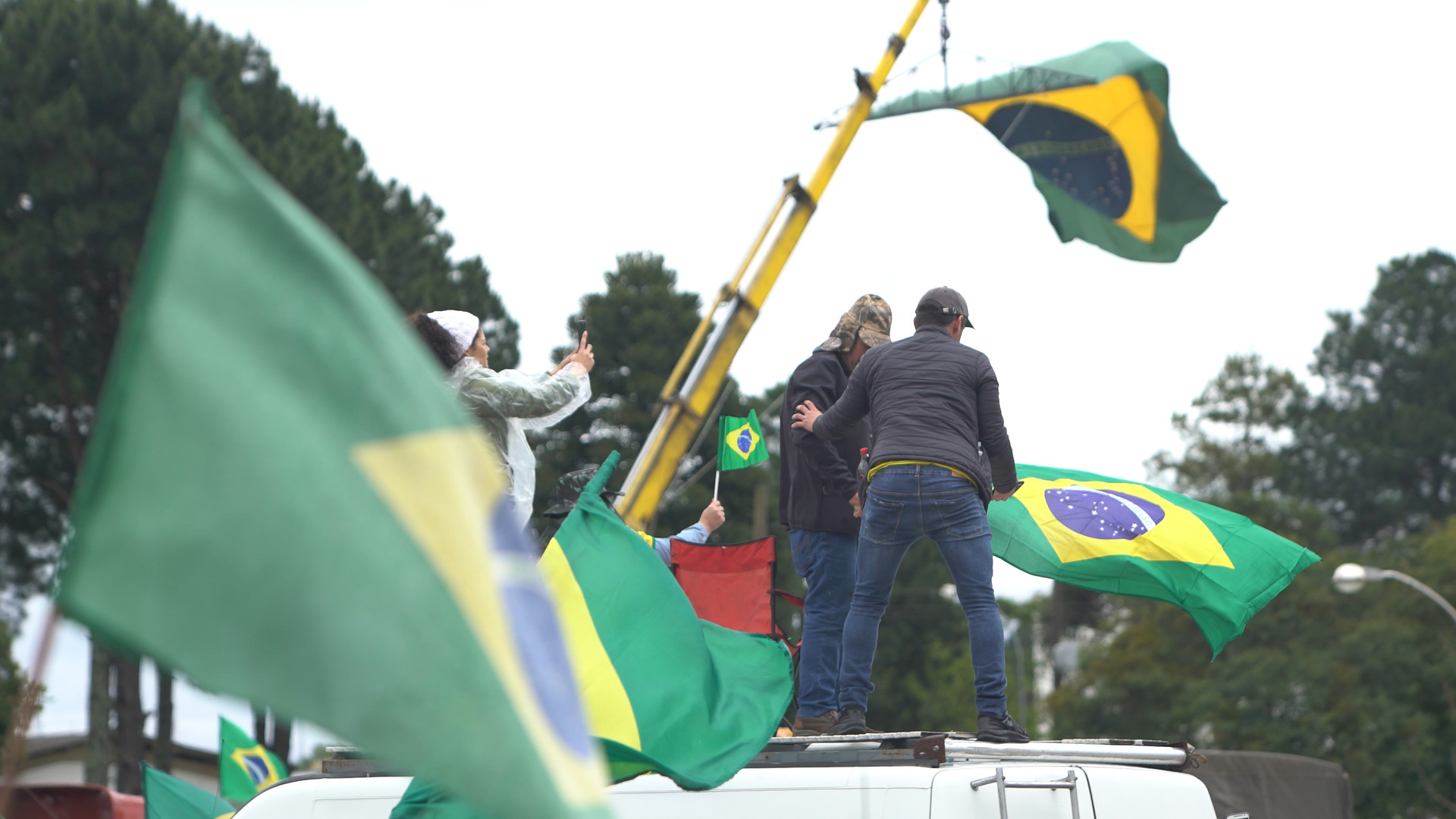
The film begins with an interesting voice. A woman says she would refuse to participate if the interviewer supports Lula, assuming that most filmmakers lean left. Why did you choose to open the film with this voice? What kind of positioning did you intend for the film, or yourself as the filmmaker, through this choice?
This documentary was born out of an impossibility. In a way, it’s an impossible movie to make. It was the first time I made a movie in which everyone involved was so openly implicated. We were all citizens, we were all going to vote, we all had a side. I had a genuine desire to listen to the extreme right, to the other side. But I also didn't want to hide, lie, or pretend that I thought differently. And I didn’t want to make a movie to convince them of anything. The power relationship between us was obviously unequal, after all, I’m the director. I didn’t want to use that on them in any way. I tried to win their trust through honesty. It was very difficult, almost impossible. That's why I decided to open the movie with that woman speaking. Like her, there were many others. Many didn’t agree, others gave up along the way. In fact, this isn’t a film about one side or the other, it's about a country dominated by the extreme right, by fear and misinformation. We were all in the same place. I thought it was important to make that clear from the start. I always think a lot about the first scene in a film. It’s a moment of absolute freedom that is never repeated. And the first scene always echoes throughout the movie. I wanted people to see the film with that voice echoing in them, as it had echoed in me, for so many months, trying to make a film that seemed impossible to make.
The film features several characters, and I understand you asked them to film their daily lives during the election period. Each of them fiercely captured the situation in their own way. What criteria or process did you follow to gather these individuals? And were there any specific instructions you gave them regarding filming techniques or approaches?
During the pandemic, I made a movie with a group of volunteers for the Covid vaccines trials, where I invented a method to get them to make diaries. I would tell them how I wanted them to film, and every week they would send me material, I would look at it, guide them, we would record conversations, and I would ask for more. We did this for almost a year. It was a very rich process, which allowed us to build a relationship of trust, even at a distance. When I decided to make this film during the election period, I wanted to use some of that learning and take this dynamic much further. The first issue that interested me was the idea of the diary. It was a time in which we all felt prisoners of an eternal present. Each week brought an absurd new scandal that made everyone forget the absurdity of the previous week. And so on and so forth. It was hard to see the thread of the story, the coherence. We were dizzy and scared. Will there be a coup? Will the election take place? The extreme right works like this, leaving everyone dazed. So, making diaries would be a way of putting these moments side by side and try to extract a story from them. I wanted to make a kind of “archive of the present”. I also thought that one day we would have to explain this absurd era to future generations. I felt very sorry for history teachers in the future! Teaching the characters how to make these diaries was a huge challenge. I made manuals, taught them, showed them a lot of images. I was very clear about how to shoot. I wanted wide shots, long shots, still shots, fixed camera shots. Sometimes I ended up hiring someone local, from the characters’ world. Nobody there knew anything about cinema, nor did they have a documentary culture. That brought out something very interesting and genuine. Often, they would film and send me shot by shot, as they went along, and I would direct from afar. Because there were several people filming on the same days, at the same time, in different parts of the country. It was a crazy experience, but it was the way to make this movie. I believe that every movie has its own way of being made. Discovering this means discovering a huge part of the process. A big challenge was to make clear to the characters that this was not social media, they were not talking to the world. They were talking to me, or to themselves. It was a private conversation. Easy access to technology has given the impression that everyone is a filmmaker. But it’s almost the opposite. People have trivialized image-making and storytelling. They don’t ask the questions that filmmakers ask. In the case of this film, the manipulation of images was at the heart of the problem. It was the weapon of the extreme right and it was at the heart of our subject. Over the course of a year, we worked like this, as a network. This allowed me to be in different parts of the country, inside their lives, and with the little money we had. I thought it was important to have diversity among the characters chosen. I learned a lot from them. And suffered too.
In one scene, a few characters are denied permission to film at a polling station and express fear and anger upon realizing they were being filmed instead. This moment suggests that “filming” and “the gaze of the camera” carry political weight beyond mere documentation. How did you perceive and utilize the power of the camera in this film?
The power of images and the point of view are central issues in the film. Every movie is a gaze. And in the case of this one, there is a network of crossed points of view, and my gaze is built on the way I articulate these points of views, give them meaning, and even make them exist. I've always had a clear political position, and the characters have always known this. This scene at the polling station reflects a relationship between images and power that runs through the film. This was an area dominated by the extreme right and the militia, so I wanted to film there. And a powerful weapon they use is disinformation. So, they intimidate and forbid our crew (who had a permit) from filming, but they never put down their own cell phones. The cell phone was a constant weapon in their hands. Professional cameras are barred illegally, while cell phones circulate freely. When they do this, they bypass the law. At that moment, democracy ceases to exist. What counts is the law of the strongest. It’s important to say that in Brazil we have a Superior Electoral Court, which played a fundamental role in preventing the coup. Normally you can’t film elections from the inside with such freedom. But as they were coming under a lot of attack, I got all that access. There’s a lot I filmed that isn’t in the movie. But for me, the scenes that don’t make it into the final cut are just as important as those that do. Because without them, it might not have been possible to have the scenes chosen. Often you must film them in order not to use them. The scenes are used to understand, learn, and build. I always see a movie as a process, in which every stage, every relationship created will be on screen in some way, even indirectly. The characters who don’t make it into the final cut help those who do. I’m a big believer in that.
Throughout the film, a sense of anxiety and fear is deeply embedded. Sounds that evoke gunfire (perhaps they even are gunshots) like car crashes and fireworks, further heighten the tension. Suspicions of electoral fraud seem to emerge from both political camps. The film doesn’t conclude with Lula’s win, but instead continues to document the events that followed, sustaining those uneasy emotions.
I started the movie more than a year before the elections because I knew that we would be living through a decisive, important and probably violent moment. But I had no idea what was going to happen. I was moving forward in the dark, which was how we all lived. Throughout the process, I came to better understand the movie I was making. I understood that it wasn’t a movie about sides, but about a common ground: fear. And about how a huge part of the country had been captured by a parallel, manipulated reality made up of disinformation. When we finished filming the presidential inauguration on January 1, 2023, I thought the shoot was over. A week later, the coup attempt came. The coup we had feared so much throughout the process...! I was at home; it was Sunday and I thought: this is the first Sunday in a long time that I can breathe easy. Then the phone rang. It was one of the characters in the movie telling me to turn on the television. Over the months I had built up a very strong relationship with a photographer who lived in Brasilia, and who had fallen in love with the project. I called him, and he immediately dressed up in green and yellow (the national colors used by the extremists) and went to film. At that point he knew exactly how I wanted him to film. So, we were the only ones who made movie images of that chaos. Because the televisions only filmed from afar, and otherwise it was the chaotic images from the invaders’ cell phones. Nobody went in there. That day redirected the whole movie. Now we had the images that had crossed everyone’s mind throughout that year, whether as a dream (for the extreme right) or as a nightmare (for the Democrats). I was sure we had to start the movie with them. The question in the film wasn’t what was going to happen, but how we got there, in that mess.
If we approach this film as a historical archive, its interpretations will be able to deepen and multiply over time. Produced between 2022 and 2023, the film released in Brazil in 2023, screened in several European countries in 2024, and will reach Korean audiences in May 2025. How do you feel about the film being shown not only in Brazil, but also across Europe and Asia? At this current moment, considering another Brazilian election coming in 2026, what do you hope the film conveys to audiences?
I’ve been traveling with the film to very different places and in all of them I see that people have a deep connection and understanding of it. In the U.S., in different parts of Europe, I notice a lot of people recognizing something familiar in this story. We know we’re talking about a worldwide phenomenon, unfortunately, that doesn’t only take place in Brazil. And the fact that the movie is made through the experience of the characters, common people like you and me, keeps it close to the viewer. They’re not types, they’re real people we can recognize. The screenings in Brazil were cathartic, completely unforgettable. From the moment the movie was finished until now, it has gained several new layers of meaning. I'm sure this will only increase with time. The more time passes, the thicker the film’s meaning becomes. It is constantly having a kind of silent dialogue with the unfolding of current events. The next one will probably be the arrest of ex-president Bolsonaro. Curiously, the film has not yet been released commercially in Brazil (it has only been shown at festivals). Although we have a democratic government, the tension remains alive, and so do the fears. I’m hoping it will hit the theaters later this year. Next year we’ll have new elections, and everything indicates that we'll see a replay of several of the situations portrayed in the film.
